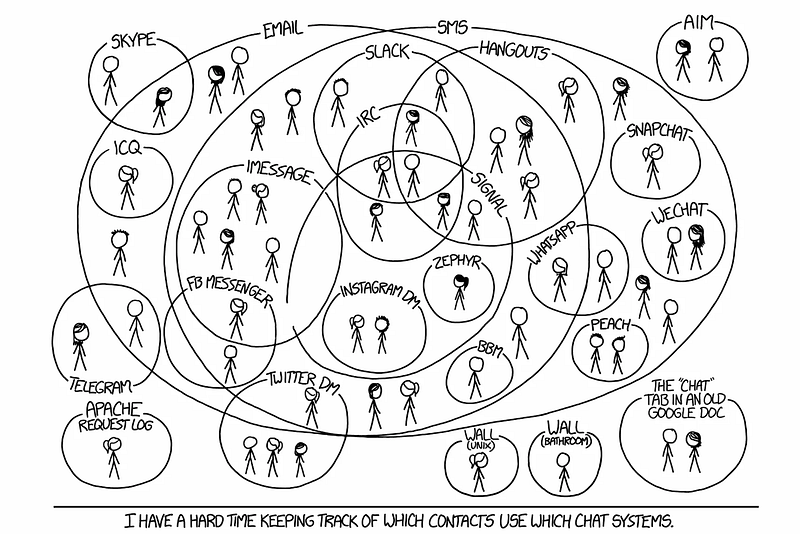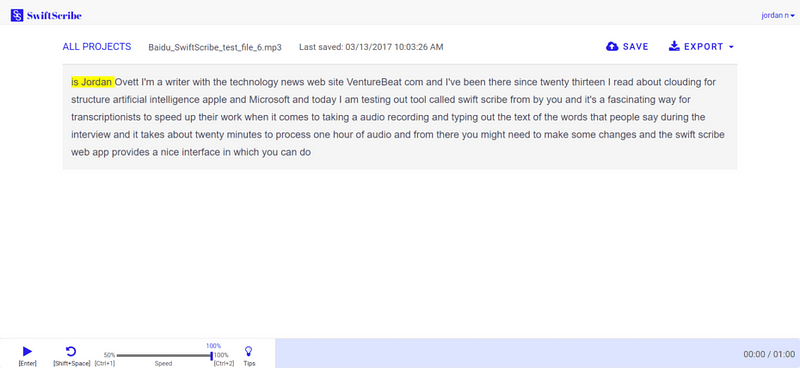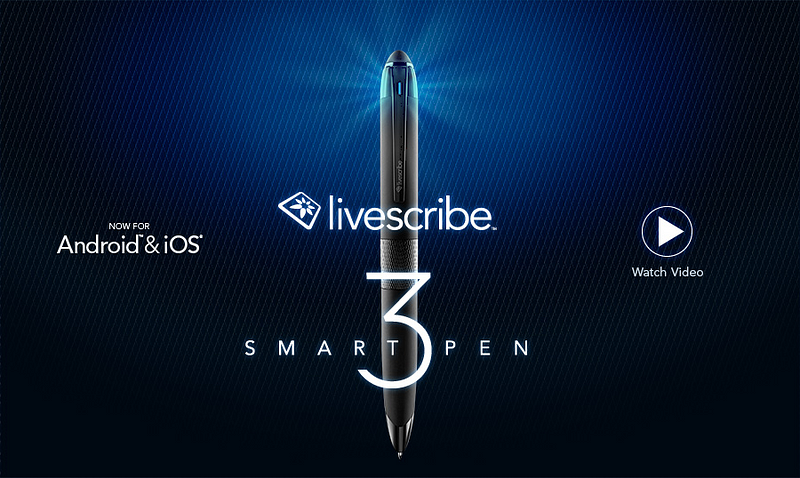In the past year we’ve seen more copying than innovation in the world of messaging. In 2016 everyone did stories, disappearing messages etc. Instead of simply trying to mimic Snapchat there are other useful avenues to explore that can simplify people’s lives and increase engagement. In this article I will analyze key areas in the world of digital conversation and suggest practical examples of how it could be done.

What should be enhanced in messaging:
As users we spend most of our screen time communicating. Therefore there is a need for it to be easy and comfortable; every tap counts.
Part 1
Comfort — The product needs to be easy to adopt, following familiar patterns from real life and aggrandize them.
Rich messaging — Introducing new experiences that help users articulate themselves in unique ways. Charge the conversation with their personality.
Part 2
Automation — Reducing clutter and simplifying paths for repeated actions.
Control — A way for users to feel comfortable; to share more without proliferating vulnerability.
Rich messaging
Being rich in a wider sense means you have a variety of options and most of them are cheap for you. In a messaging UX context, cheap means content that is easy to create; interaction that helps deliver and sharpen the communication. Rich messaging can be embodied in the input and output. It is catered to the user’s context thus facilitating ongoing communication and increasing engagement.
In the past, and currently in third world countries, the inability to send large files including voice messages resulted in many people simply texting. This led more people to learn to read and write. Unapologetically text is harder to communicate with and primitive in terms of technology, hence why users have come to expect more.
Take voice input/output for example. It’s the perfect candidate as there is increasing investment in this area. Speaking is easy, in fact using sounds is the easiest way for humans to assimilate and share information.
There are scenarios where voice can be the preferred communication method, such as when you’re driving, when you’re alone in the room, when you’re cooking, and when you’re doing anything that keeps you relatively busy.
Here are a few examples for rich messaging:
Voice to text — Messaging is asynchronous and to drive engagement the goal is to strive for synchronous. It doesn’t matter how the content was created. What matters is that it is delivered to the other person in a form they can consume now!
Voice dictation has improved tremendously but somehow most of the focus has been on real-time. The nature of messaging dictates a non-real-time solution. It can be leveraged to give a better quality LPM (Language Processing Model) transcript result. For example, Baidu recently launched SwiftScribe which allows users to upload an audio file that the program transcribes.

Another recent example is Jot Engine, a paid service designed withinterviews in mind. I myself use Unmo and PitchPal to help me prepare for pitches.
They’re not perfect but they take away the guesswork of trying to understand someone in real-time. In a recording, the algorithm can search for context, see what the subject is and rework the language accordingly. I would argue that the result of someone sending you a voice message should be a transcript with an option to listen to the voice as well. As a user, you’d be able to listen to it or just read if you are in an environment that doesn’t allow you to use sound.
In another scenario when a user is in the car they should be able to listen and answer text messages that were sent to them.
Voice context attachment — A good example of this concept is the Livescribe pen. It allows users to write notes that are stored digitally while recording audio to add context. I admit, it’s a more novel idea that won’t be for everyone, but its potential is clear in a professional context.

Metadata — Other than location there are other metadata elements that can be kept with the messages. How fast you type, how strong you press the keyboard, where you are located, who is around you. The possibilities of enhancing the text and providing context are endless and have barely been explored.
It baffles me that no one has done this yet. The cloud actually has more capacity to interpret a message and learn from context. In photos apps like the ones by Google or Samsung, you can see more and more belief in context including location, details of the picture, live photo etc. All these elements should be collected and added when they are relevant.
Engagement and emotional reactions — With services like Bitmoji users can create their own personal stickers. An exaggerated instance of themselves. Seeing this in the world of video would be very interesting. Psychologically these stickers help users to enhance their emotions and share content in a way they wouldn’t if they were communicating in person.
In addition, Masks on Snow (live filters in Snapchat) also helps user express their feelings but at the moment it’s just some weird selection that has a fragment of a context to where they are or what they are doing. You can see how users just post themselves with a sticker not to tell a story but for the fun of it. If they could tell a story or reflect this on reality it would be emotionally usable which will elevate it as a mode of expression.
Comfort of Use
Comfort depends on the way users use the communication. Important relevant detail surfacing and accessible ways of communicating are the backbones of the UX.
Contextual pinning — Recently Slack added an incredible 90s feature “Threads”. If you’ve ever posted in a forum you know that this is a way to create a conversation on a specific topic. Twitter call it stories and Facebook are just using comments. But the story here was the conversion of this feature to the messaging world and that generated a lot of excitement among their users.
However, I see it as just a start. For example let’s say you and a few friends are trying to set up a meeting, and there is the usual trash talk going on while you’re trying to make a decision. Later another member of the group jumps into the thread but finds it really hard to understand. What has been discussed and what has been decided? If users could pin a topic to a thread, and accumulate the results of the discussion in some way it would be incredibly helpful. Then they could get rid of it when that event had passed.
Here is another good example

Accessibility
Image/video to message — instead of just telling a user “Jess sent you a picture or a video” you could actually try to tell the user something useful about that picture/video. Currently most notifications systems are limited to text so why not take advantage of the image processing mechanism that already exists? In other richer platforms you could convert the important pieces of the video to a Gif.
* In that context it’s quite shameful that Apple still doesn’t do bundling of notifications which really helps to tell the story the way it happened without spamming the user. I’m not sure I fancy Android O’s notification groups, but it’s definitely better than creating an endless list of notifications.
Voice type emojis — Keyboards are moving towards predictive emoji and text. They understand that having a different keyboard for emoji is a bit complex for the user, especially since they’re used a lot. A cool way to unify it is to create a language for emoji to make it easier to insert them into messages via voice.
In text translation — We’ve seen improvements from Skype immediate translation and Facebook / Instagram’s “Translate this”. Surely it makes more sense to have this in a chat rather than on the feed? I’m sure not too many people talk to other people in a different language, but if users had such a feature, they might do so. This could also be a great learning tool for companies and maybe it’ll help users to improve the translation algorithm.
See you in Part 2…